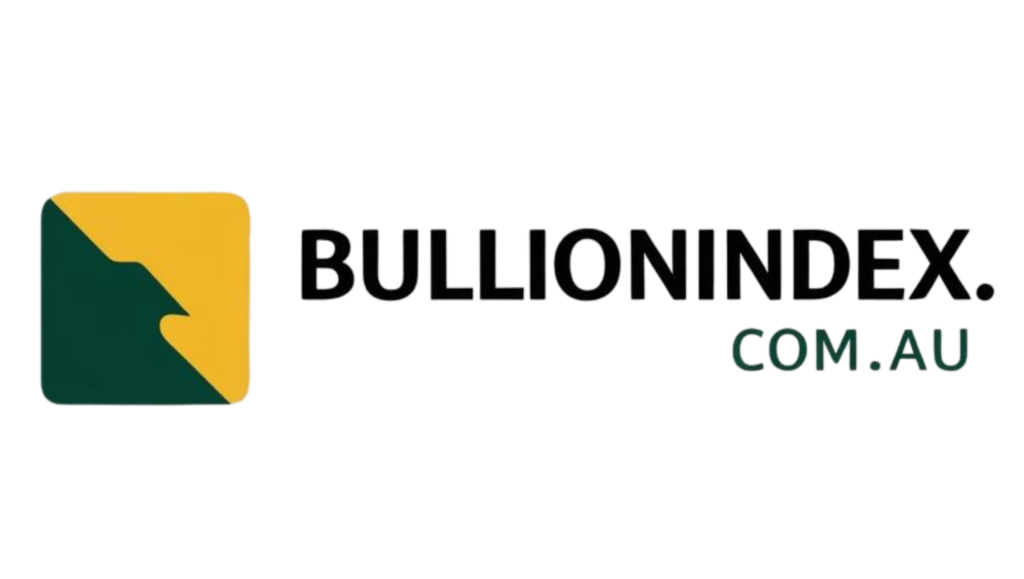In 2019, the price of rhodium surged by a remarkable 55%, showcasing a significant uptrend that has largely gone unnoticed by many. Rhodium, a member of the platinum group metals (PGMs), is a critical industrial metal with diverse applications in specialty optical instruments, electronics, aircraft turbine engines, and as a finish for jewelry, particularly in the case of “white gold” electroplating. Moreover, rhodium plays a pivotal role in catalytic converters, where over 80% of its production is utilized to convert harmful hydrocarbon gases into environmentally safer byproducts.
Despite its vital industrial applications, rhodium remains an exceptionally rare metal, with global production so limited that a year’s worth of supply could fit on just three pickup trucks. The scarcity of rhodium is further compounded by the fact that the majority of its production stems from a handful of mines, predominantly located in South Africa. This concentration of production poses a significant risk to the market, as demonstrated by the price spike to over $10,000 an ounce in 2008 due to supply disruptions caused by mining strikes in South Africa.
Following the 2008 crisis, rhodium prices experienced a downturn due to increased recycling efforts, leading to market oversupply and prices plummeting to $750 an ounce. However, recent market dynamics indicate a shift towards a potential supply deficit, driven by increasing demand and limited production capacity. This trend has propelled rhodium prices upwards, reflecting the market’s anticipation of a tightening supply-demand balance in the near future.
While the investment landscape for rhodium has historically been limited, recent developments have introduced new avenues for investors to gain exposure to physical rhodium, such as through bullion rounds and bars. Despite these advancements, challenges persist in the rhodium market, including high premiums for physical rhodium, limited liquidity, and constraints on buying and selling the metal. Additionally, investment options like rhodium ETFs face hurdles in terms of trading volume and availability on major exchanges, further complicating investment decisions in this niche market.
In conclusion, while the fundamentals of rhodium supply and demand appear robust, the complexities surrounding investment platforms and liquidity constraints may deter potential investors from fully capitalizing on the metal’s price potential. As the market continues to evolve, navigating these challenges will be crucial for individuals considering rhodium as part of their investment portfolio.

Leave a Reply
You must be logged in to post a comment.